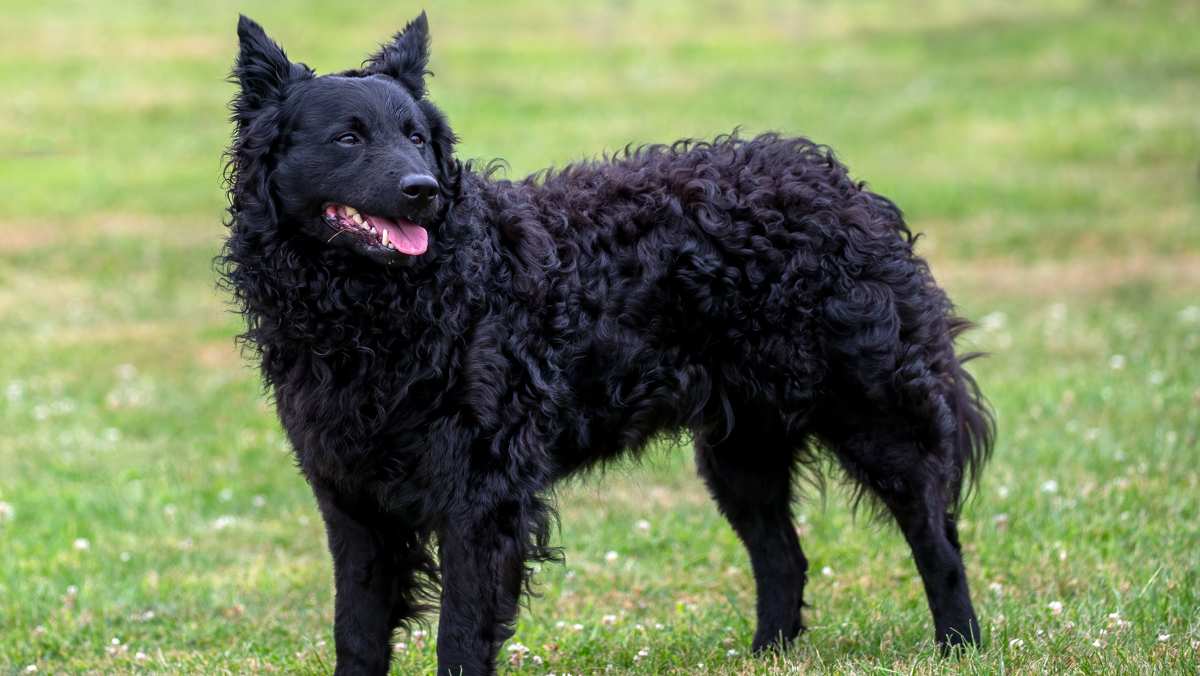Mudi Breed Details
The Mudi is a herding dog, but they can do so much more. They are easy to train, easy to groom and apparently good for first time dog owners. They are fine with children, are dog-friendly and can live well enough with cats and other non-canine animals. They can be companion animals so long as you are very active. They are best in rural areas or at least in homes with a good amount of extremely secure outdoor space.
Here are some of the things you should know about Mudik if you are planning on adopting one:
PROS
- High energy
- Very playful
- Superb watchdog
- Rather adaptable
- Excellent guard dog
- Learns tricks quickly
- Low grooming needs
- Brilliant shepherd dog
- Few known health issues
- Coat is somewhat self cleaning
- Can work in a vast number of roles
- Made a national treasure in Hungary
- Was featured on a postage stamp in 2004
CONS
- Might dig a lot
- Extremely rare
- Will try to escape
- Not hypoallergenic
- Can jump very high
- May be very territorial
- Very suspicious of strangers
- Can be exceedingly expensive
- Requires a great amount of daily exercise and activity
